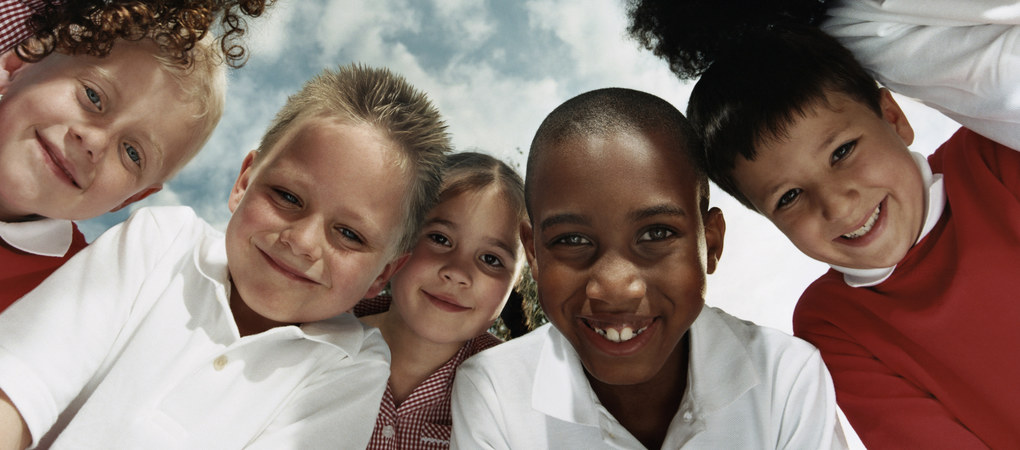Children find it very easy to make new friends and with time to become part of groups. A science is developing to understand the rules that govern the way people assemble into networks and groups. It is not the people forming the group that are studied, but rather the connections between them. These connections have properties that reflect the entire group rather than its single constituents. The hope is that this knowledge will tell us learn how to block certain phenomena that characterize groups. For example, epidemics only occur within groups of people that are connected the one to the other. Some connections might play greater roles and touching those selectively may help combat epidemics. The weight of a connection may depend on its duration or direction for example, you are my best friend and I am your fourth best friend, or how often it is activated. It is necessary to work out exactly where to introduce a piece of info within the multitude of connections to reach a certain result. The aim might be that of getting people of a certain group to stop smoking, or reach a certain academic result, or immunize themselves against certain diseases, eat healthy, do sport, pay taxes or go and vote. The group might be very large, like the population of a city or nation or even the entire world population. As usual new discoveries can be used for good or bad. To prevent this new science that silently aims to change collective behavior from landing up in the wrong hands it will be necessary to check the connections of those who check connections and so on endlessly. The problem is that those whose connections are being checked will not be free to check the connections of those checking them.


Leave a Reply